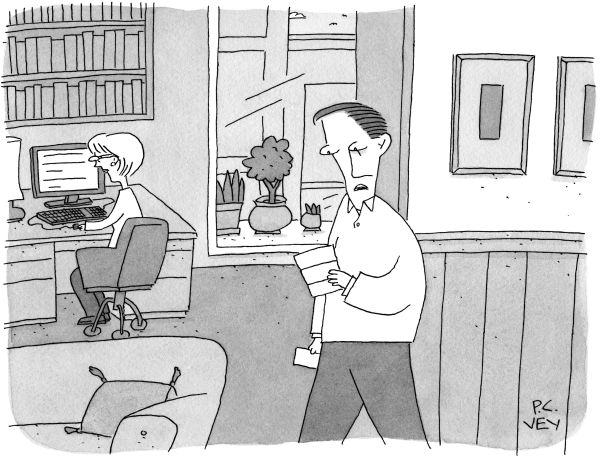Residents in Ypsilanti Township regularly raise concerns over motorists speeding through residential neighborhoods. (Tom Perkins | For The Ann Arbor News)
Tom Perkins | Special to The Ann Arbor News By Tom Perkins | Special to The Ann Arbor News The Ann Arbor News
On Indigo Lane in Ypsilanti Township’s Creekside Village West subdivision, residents have been in a hurry to get to or return home from work.
Data from a new radar discreetly tracking traffic speeds from a utility pole shows some motorists are driving up to double the neighborhood’s posted limit of 25 miles per hour, and most of those speeding are doing so between 7 and 9 a.m. and 4 and 6 p.m.
During a weeklong data collection period, the Jamar radar tracked four motorists traveling over 50 miles per hour. Forty-two cars, or 2 percent of those clocked, were found to be traveling at at least 45 miles per hour.
Forty-one percent of motorists were found to be traveling faster than 32 miles per hour, and graphs produced from the data show they are almost exclusively speeding during rush hour, with the exception of weekends.
That data allowed the Sheriff’s Office to set a speed trap for a 1.5-hour period in mid-September. Five stops were made and four citations issued, and Washtenaw County Sheriff’s Office Deputy Jess Spike said more speed traps are planned for the subdivision.
The Jamar radar is an especially useful tool because it relieves departments of having to pay a deputy to sit for eight hours and determine when or whether speeding is an issue in a neighborhood, Spike said.
«This is using resources efficiently. It’s the golden ticket for doing speed enforcement,» he said.
Washtenaw County Sheriff’s Office Lt. Jim Anuszkiewicz says one of the most frequent complaints his department receives in Ypsilanti Township is about motorists speeding through neighborhoods.
“We’re using this in Ypsilanti Township because of all the neighborhoods’ complaints over speeding. We use it in an area for a time period, look at the data it collects and determine, one: if there is a speeding issue, and two: determine a time of enforcement,” Anuszkiewicz said. “It’s just another tool for us to identify speeding issues and to effectively deploy deputies.”
The township already put in place a program to fund traffic calming devices like speed humps and signage, but the Jamar identifies where and when speeding is a problem with increased accuracy.
The unit is mounted in a box on a utility pole and it collects the same information as traffic counting tubes paced across roadways, but Anuszkiewicz said motorists tend to slow when they see the tubes so the information may not be as accurate. The devices also can distinguish between cars, motorcycles, school buses or trucks, and the direction a car is traveling is noted.
Ypsilanti Township and the Sheriff’s Office each bought one of the radars at $4,000 each.
But Anuszkiewicz says the radars and information are also helpful in identifying areas where residents perceive a speeding problem but there isn’t really one. He said a street’s layout can make cars appear to be traveling faster.
“Usually that’s based on engineering, the design of the street. The narrower the street, and with close quarter neighborhoods with cars on both sides, 25 miles per hour may be perceived as going way too fast, but it’s within the speed limit,” Anuszkiewicz said. “The perception of vehicles’ speed also may be different from one individual to another.”
In fact, most of the locations the cameras have been used so far have found that there isn’t a speeding problem, Anuszkiewicz said.
“But there are a few occasions where there are very significant speeding problems, and we deploy deputies and issue citations,” he said. “It’s an effective way to address traffic concerns, especially in a town where it’s one of the biggest complaints.»
Source:




